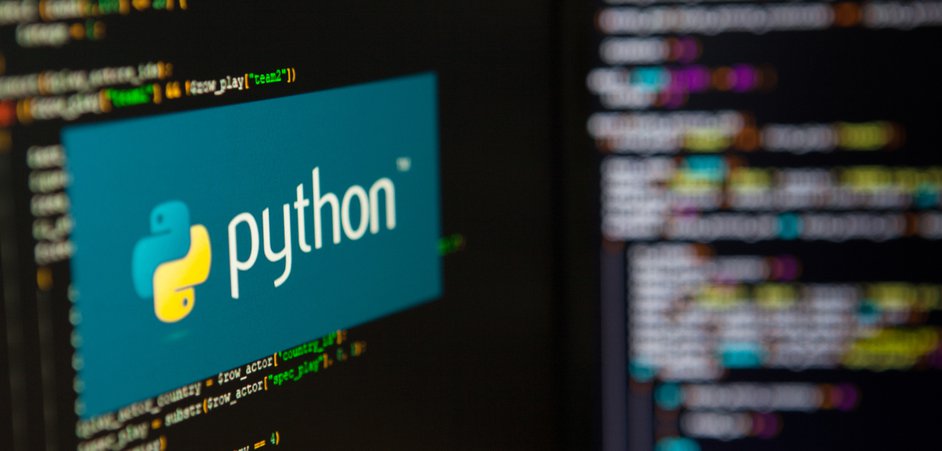
Written by KUWAITNET TEAM
Restlessly Ambitious
Python, a versatile and widely used programming language, has evolved remarkably. This transformation wouldn't have been possible without the tireless efforts of numerous developers and contributors worldwide. One such individual who has significantly contributed to Python's growth is Piotr Gaczkowski. In this article, we'll delve into the evolution of Python and highlight the invaluable role Piotr Gaczkowski has played in this journey.
Python's story begins in the late 1980s when Guido van Rossum, a Dutch programmer, embarked on a mission to create a programming language that would be simple, readable, and versatile. His vision was to develop a language that could emphasize code readability and enable programmers to express concepts in fewer lines of code. Guido's inspiration came from the ABC language, but he aimed to create a more robust and capable programming language.
In February 1991, the first version of Python, Python 0.9.0, was released. It was a modest beginning, but it laid the foundation for a language that would soon become one of the most popular in the world.
Python's journey from its initial release to its current status as one of the most sought-after programming languages is marked by several significant milestones:
Python 1.0 was the first version to be released, with a version number indicating a level of maturity. It introduced features like lambda, map, filter, and reduce functions, which enhanced Python's capabilities.
Python 2.0 introduced list comprehensions, garbage collection, and Unicode support, making it more robust and user-friendly. This version set the stage for Python's increasing popularity.
Python 3.0 was a significant and somewhat controversial release, introducing backwards-incompatible changes. The goal was to clean up the language and eliminate inconsistencies. While the transition from Python 2 to Python 3 was initially slow, it ultimately paved the way for a more modern and efficient Python.
Python 3.8 brought many improvements, including introducing the "walrus operator" (:=), f-strings, and various syntactical enhancements. It further cemented Python's reputation as a language that evolves to meet the needs of its users.
Piotr Gaczkowski is a software engineer, writer, and Python enthusiast who has significantly advanced Python's capabilities and popularity. His contributions span various domains, making Python even more powerful and accessible to developers worldwide.
Piotr co-founded PyBites. This platform offers Python code challenges to help developers improve their Python skills. This initiative has created a supportive and collaborative environment for Python enthusiasts to learn and grow. It has become an invaluable resource for anyone looking to sharpen their Python programming skills.
Piotr is also known for his prolific writing and educational efforts. He has authored numerous articles and tutorials on Python programming, sharing his knowledge and expertise with the Python community. His commitment to education has made Python more accessible to newcomers and advanced developers alike.
Piotr has actively contributed to various open-source Python projects, including Flask, a popular web framework, and Requests, a widely used HTTP library. His contributions have improved the performance and reliability of these projects, benefiting countless developers who rely on them for their work.
Piotr has been involved in Python Enhancement Proposals (PEP) discussions, contributing to the evolution of the language itself. PEPs play a crucial role in shaping the future of Python, and Piotr's participation in these discussions reflects his commitment to the language's development.
As Python continues to evolve, it remains a versatile and in-demand programming language. Its simplicity, readability, and extensive library support make it ideal for various applications, from web development and data science to automation and artificial intelligence.
The Python community, with contributors like Piotr Gaczkowski, is actively working on making Python more efficient and feature-rich. Projects like Python's latest version, Python 3.9, have introduced new features and improvements, while Python 3.10 is on the horizon, promising even more enhancements.
The growth of Python is also evident in the increased adoption of the language for data science and machine learning. Python's libraries, such as NumPy, Pandas, and TensorFlow, have become essential tools for data scientists and machine learning engineers. This trend will likely continue, making Python a pivotal language in data science and artificial intelligence.
Develop,